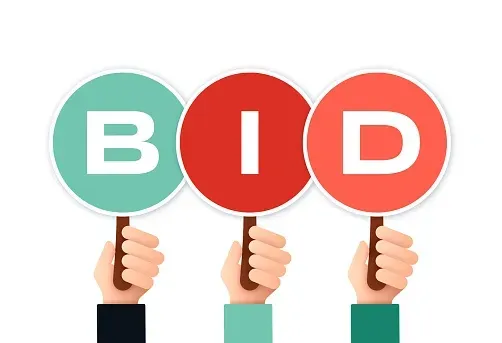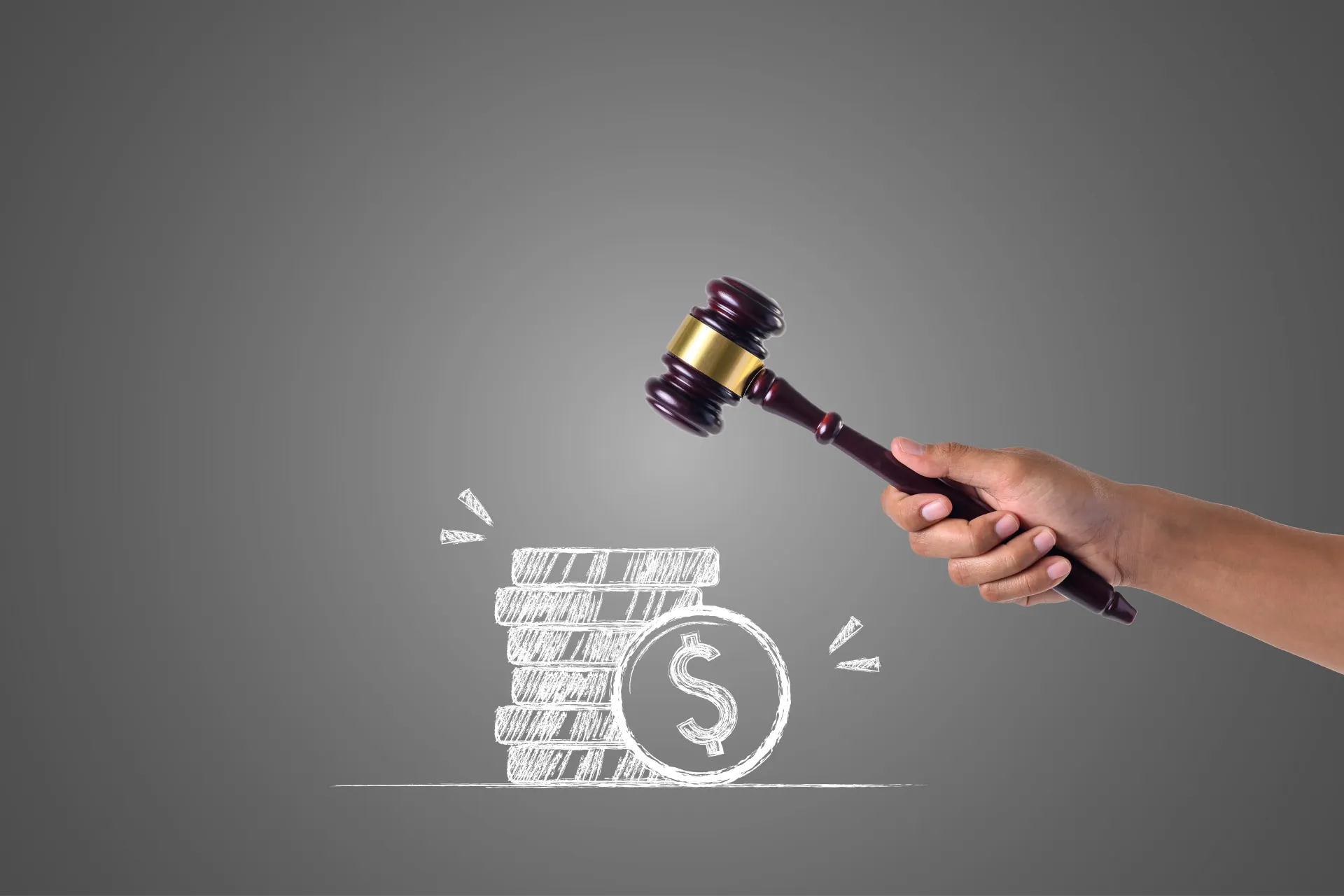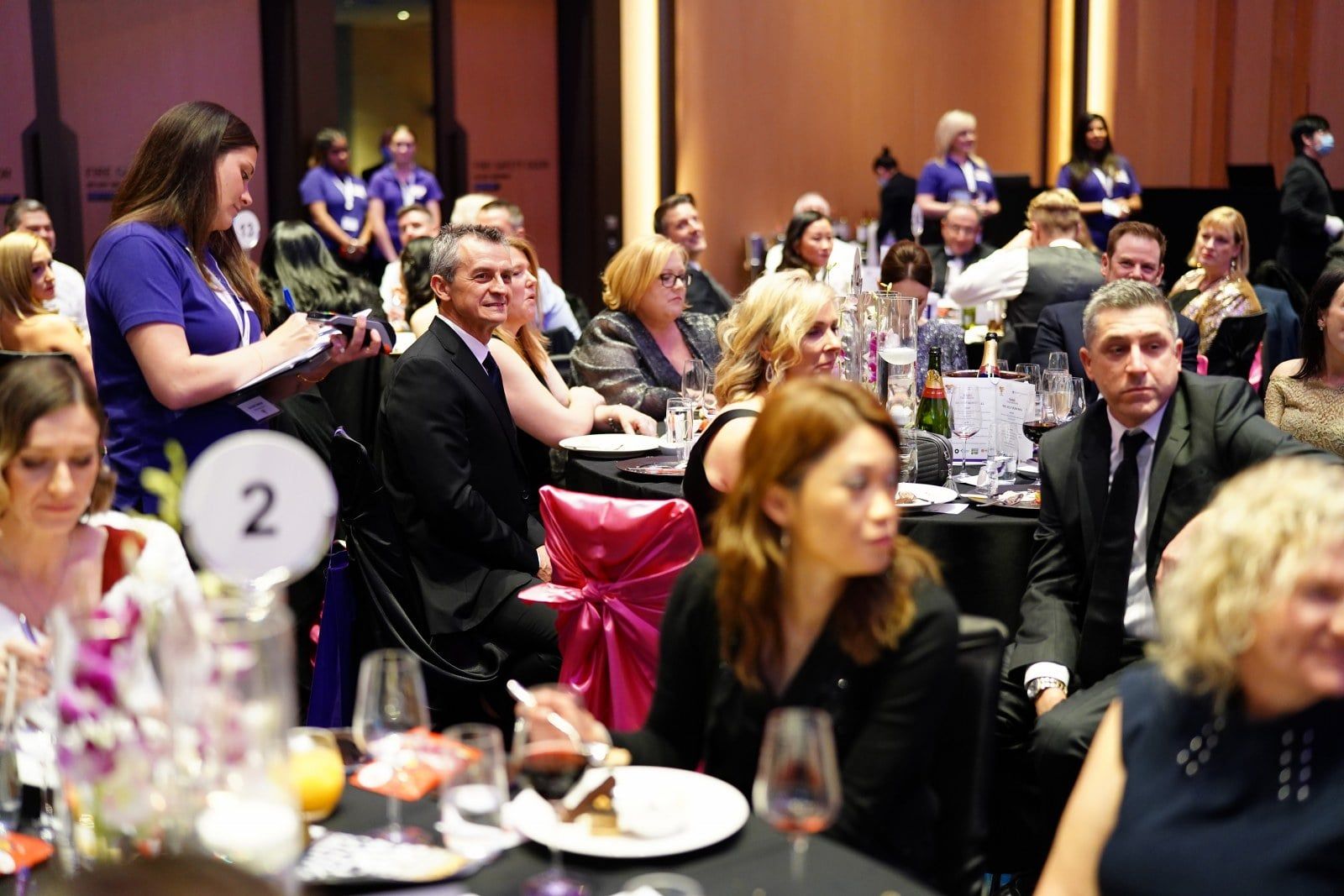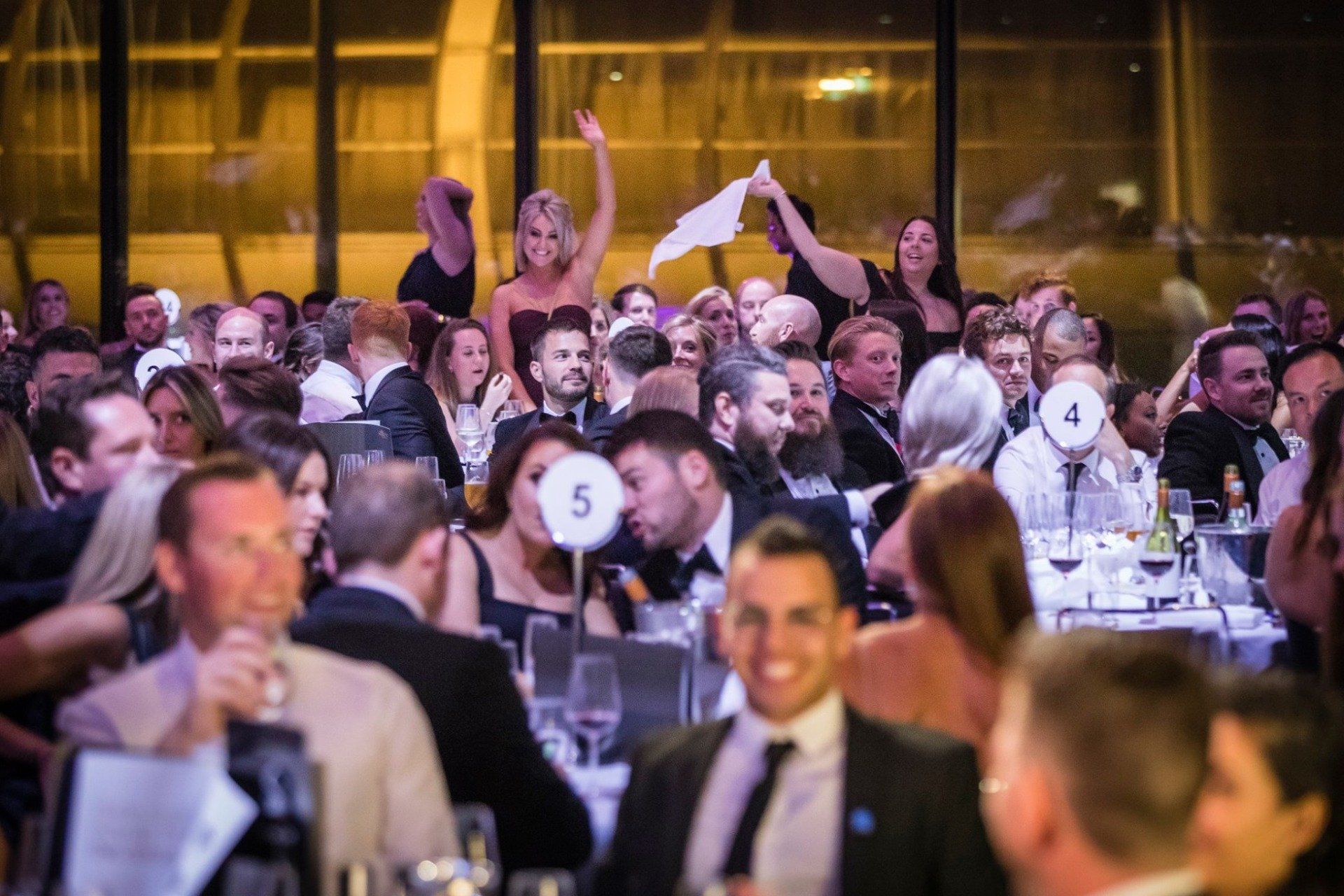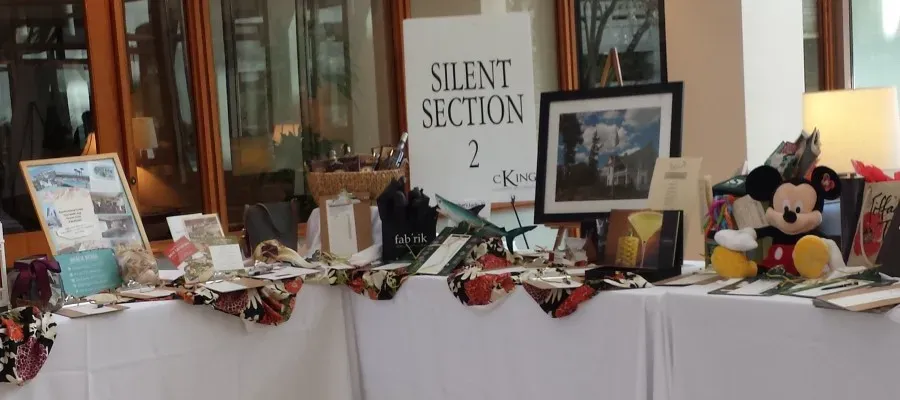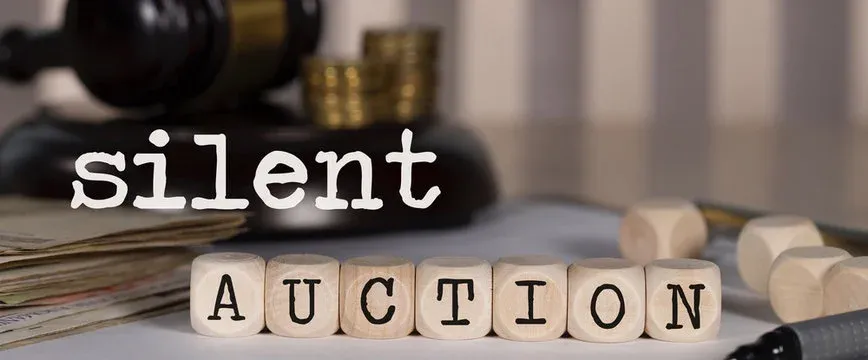How to Get the Best Deals Through Live Auctions
Live auctions are a treasure trove of items you can buy at a bargain and get the best deals. Not many people realise the savings they can get from attending auctions, whether live or online. You can also resell these live auction best deals at twice or thrice the original asking price, which may net you some profits if you’re willing to take the time.
Live auctions can be classified into different types, such as public auction sales, seized-items sales, estate sales, charity fundraising auctions and inventory-reduction auctions. You can get the best deals through live auctions if you’re a careful enough shopper and an even more careful bidder.
This article teaches tips and strategies you can use when attending your first live auction experience. Whilst buying at auction can be fun, it is essential to note that the items are often non-refundable or cannot be returned if ever it’s not to your liking. It’s best to research and inform yourself of the caveats and only land yourself the best possible bargains.
What Are the Live Bidding Terms to Remember?
It’s essential to know the terminologies in use during live auctions to avoid confusion and ensure that you’re doing the bidding process correctly.
Here are a few terms to learn:
- Conditions of Sale—These are the terms and conditions upon which the live bidding will operate, such as payment options, reserves, the date when you must take the items home, etc. To remind the bidders of these sale conditions, you may find them printed on the auction catalogue or announced by the auctioneer before the live bidding starts.
- Bidder Number—A bidder’s number is the number you use so the auctioneer or bid spotter can identify you during the sale. The number is printed on a paddle board and is usually given to a bidder during registration. This number will also be assigned to the item you purchase so you can claim it when the sale ends.
- Bid—The amount of money you offer on an item. The amount of money you bid depends on the value of the item. Low-value items increase by dollar increments, whilst high-value items can increase in hundred or thousand-dollar increments.
- Opening Bid—The auctioneer assigns the opening bid or the starting price of the selling item at which other bidders can start the live bidding.
- Absentee Bid—When possible, bidders who are not physically present can bid on items online, by email or by telephone, depending on which is available.
- Reserve—The minimum price an auction seller can accept for a particular item. If the bid tops out at a price lower than the reserve, the item will not sell. The auctioneer will inform the bidders that the reserve amount wasn’t reached and moves on to the following article for sale.
- Buyer’s Premium—To get revenue from the auction, auctioneers add a 5 to 10 percent flat fee to an item sold.
- Preview—A preview is an opportunity for bidders to check the items for sale. A larger, classy auction can hold its whole-day preview event a week before the auction, whilst smaller auction events can hold the preview a day or hours before the auction itself.
- As-is—Items sold as-is or where-is means there is no warranty and no guarantee that they will work or are in good overall condition.
- Lots—Auctioneers assign auction items a number they refer to as a lot or lots.
- Pick—Identical auction items are sold together and considered under one lot. The first successful bidder gets the ‘pick of the lot’ and can choose which of the items they want and how many they want at the same price. Any remaining duplicate item not picked by the first bidder will be auctioned once again until all are sold.
What Are Some Auction Buying Tips to Remember?
The best tip you can get from any auction is the words:
Caveat emptor. In Latin, this means let the buyer beware, and rightfully so since most auction items are not covered by warranty. It’s always important to know any item's condition, value and price before making the bid.
A few essential strategies and tips to get the most out of your live auction experience and get the best deals are:
Get an advance listing of the items from your auctioneer or the auction website. This can ensure that the items you want are available before making your bid plans.- Maximise the preview event of your live auction by inspecting the items properly. Determine the condition of the item you want to bid on and double-check the item again during the live auction event.
- Know your budget and factor in all the costs you’ll make, including the buyer’s premium, transportation, repair and alteration of the auction items. Suppose you plan to resell at a profit, bid and buy the item cheaply and factor in all the additional costs.
- Don’t make unintended purchases and stick to the budget. Do not bid higher than the preset limit on any item, as this may incur additional costs.
- If you’re a successful bidder and the item you’re trying to bid on doesn’t make you feel at ease, you can retract your bid before the auctioneer says, ‘Sold!’ Inform the auctioneer or a bid spotter that you wish to rescind the offer before the gavel drops.
- If you’re an absentee bidder, ensure you’re informed of the correct currency and the buyer’s premium. You can also ask for clear pictures of the item for a general look at the auction item’s condition.
- Get to know auctioneers in your local area to inform you of the latest items of interest before the sale. You may provide them with your business card so they can send auction notifications or scheduling lists via email, phone or their website.
- Ensure proper transportation and equipment to help pick up your items. Some auction events have a date or time limit for picking up the items.
- Items you’re interested in but did not meet the reserve can still be sold to you after the auction ends. You can talk to the auctioneer and provide your business card with the item lot and the maximum price you’re willing to pay. The auctioneer can give this to the seller, accept your offer and possibly communicate with you for some arrangements.
Should You Bid Late or Early?
This is easily the most common question we hear from first-time auction enthusiasts. There is usually less pressure for live auction events that don’t have that many attendees, and you can bid for an item you’re interested in at any time. However, this can be pretty unpredictable for fully packed events, and you wouldn’t want to be caught in a bidding war.
You can enter the bidding late if the item you’re highly interested in is within your preset range. This will force other bidders to concede as they feel they will surpass their price limit. These bidders also want to avoid a bidding war and would rather concede the item than incur additional costs.
Charity Auctioneer: Your Partner in Fundraising
Bidding can be quite a fun event, and you can buy bargain items that are still fully functional or just need minor repairs or alterations. It’s all about sticking to the budget, doing some research and attending previews that will benefit you most from live auctions.
Whilst you enjoy attending live auction events, why not try hosting one? It may sound daunting and scary for first-timers. Still, with the proper guidance from auction event professionals like Charity Auctioneer, you can raise funds and achieve the best possible results for your fundraising charity auctions. Contact us for more details.


